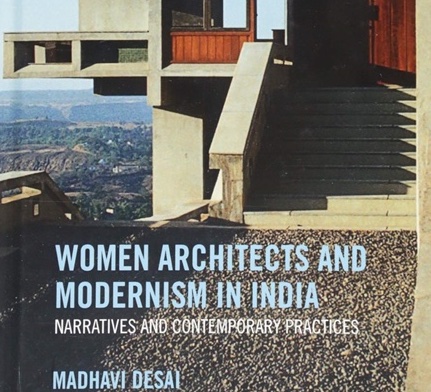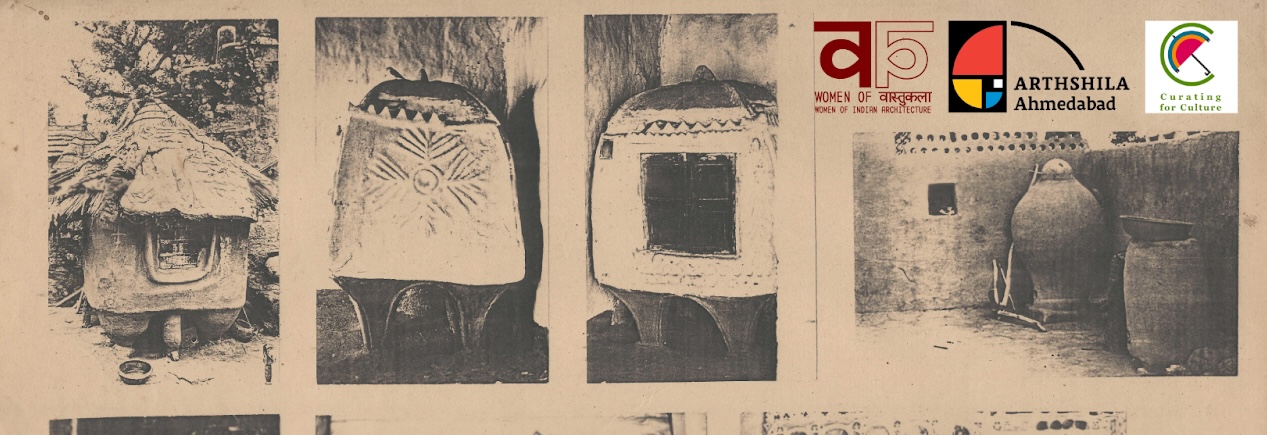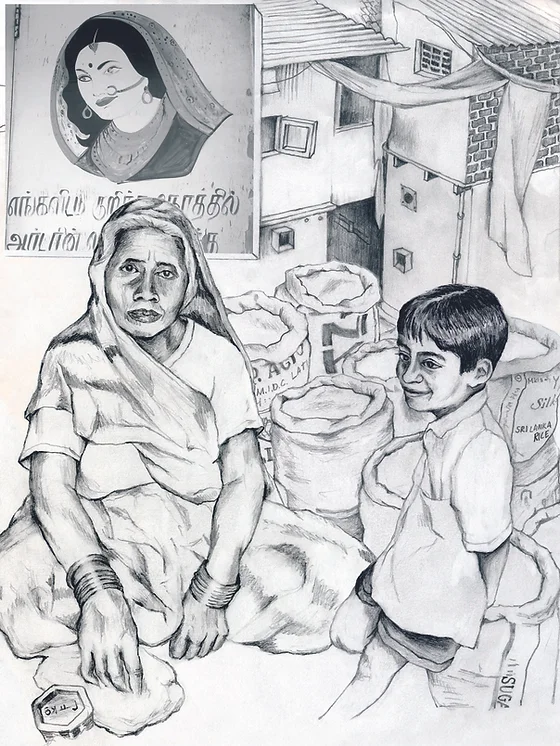
Featured
New Order: Unit 3 at Kingston School of Art
This collection has been compiled from a larger reading list used by Professor Andrew Clancy and Laura Evans in their teaching of Unit 3 at Kingston School of Art in London in 2020-21. A parallel unit with a different reading list was run by Catherine Blaney and Colm Moore at Queens University Belfast. Faced with […]
Muhafaza/Mimarlık turkish
Arab Women in Architecture
Women Architects and Modernism in India Narratives and Contemporary Practices

Featured
Mayyasah Akour on Women Architects and Modernism in India
Desai’s introduction to “Women Architects in India” encapsulates perfectly how similar the discourse of feminism in architecture is across the world. It is not particularly limited to the western world (although many of the regions that reveal a similar fight have in the past been colonized by a western entity). With certain contextual nuances in […]

Featured
Vandalising the Indian Atelier: a search for stories of women practitioners
This collection was made by four members of the Curating for Culture team: Ishita Shah, Vedika Kaushal, Fiona Evangeline and Anshula Prehar, who work alongside Shristi Sharma, and Ulhas Shelke. It was made as a post-rationalisation of the curatorial process for an exhibition called Vandalising the Indian Atelier: a search for stories of women practitioners organised […]

Featured
Nandini Somaya Sampat on Rediscovering Dharavi
It is wonderous when the narratives of books are intertwined with one another. I first read Rediscovering Dharavi by Indian journalist Kalpana Sharma to gain insight into what is considered to be one of the Asia’s largest slums. However, growing up in Mumbai, Dharavi was always perceived differently – a place with its own distinct […]